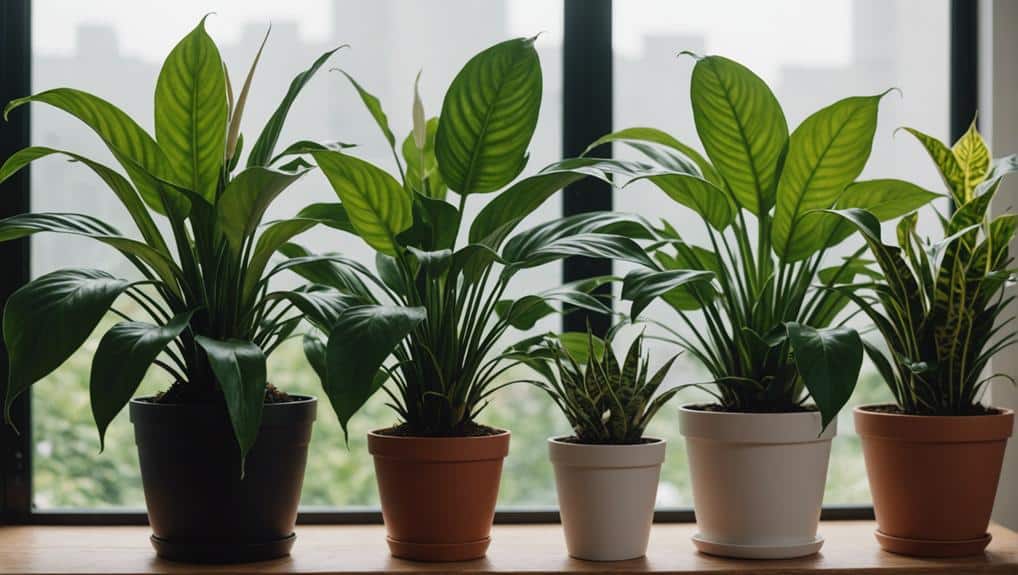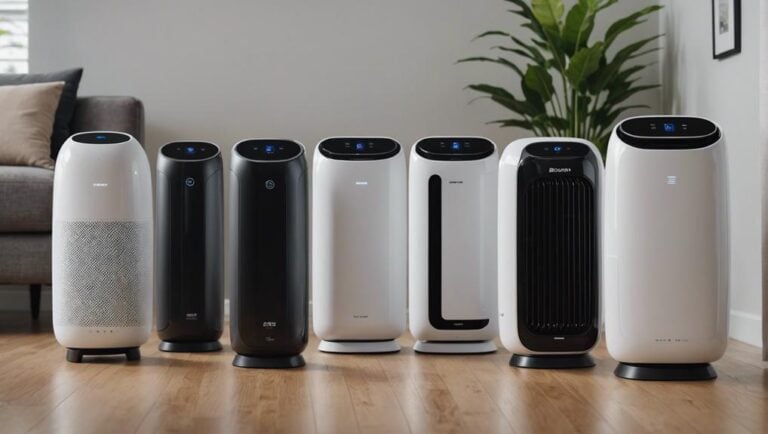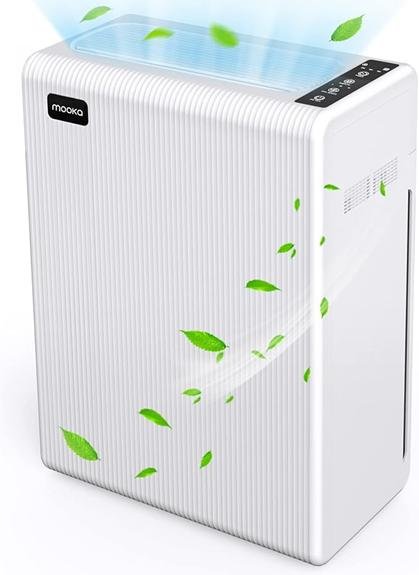Which 5 Indoor Plants Purify Air?
When it comes to improving indoor air quality, selecting the right plants can make a significant difference. Among the various options available, there are five particular indoor plants that stand out for their remarkable air-purifying abilities.
These plants not only add a touch of greenery to your living space but also actively work to filter out harmful pollutants, creating a healthier atmosphere for everyone indoors. So, if you’re curious to learn more about which specific plants made it onto the list of top air purifiers, stay tuned for some insightful plant recommendations that might just surprise you.
Barberton Daisy
Barberton Daisy effectively removes harmful toxins from indoor air, making it a valuable addition to any indoor space. This plant is a powerhouse when it comes to purifying the air we breathe. Formaldehyde, benzene, and trichloroethylene are no match for the air-purifying capabilities of the Barberton Daisy.
By including this plant in our indoor environment, we take a proactive step towards improving air quality and reducing the presence of toxins that can stem from common household products. Not only does the Barberton Daisy enhance the aesthetic appeal of indoor spaces with its vibrant blooms, but it also actively contributes to creating a healthier atmosphere for us to inhabit.
When it comes to controlling the quality of the air we breathe, incorporating Barberton Daisy among our indoor plants is a smart choice that can greatly improve the overall air purification process in our homes or offices.
Chrysanthemum
After exploring the air-purifying benefits of the Barberton Daisy, let’s now shift our focus to the Chrysanthemum, another plant renowned for its ability to eliminate volatile organic compounds from indoor air.
Chrysanthemums are effective at filtering toxins such as benzene and formaldehyde, common indoor air pollutants. Their air-purifying properties make them valuable additions to indoor spaces, contributing to improved air quality.
These blooms not only last several weeks, adding a touch of beauty to the environment, but also actively work to reduce indoor air pollution. By incorporating a chrysanthemum plant into your living or working space, you can create a healthier environment with cleaner air.
The ability of chrysanthemums to remove volatile organic compounds makes them a practical choice for individuals seeking to take control of their indoor air quality. Consider adding a chrysanthemum to your indoor plant collection to enjoy its air-purifying benefits.
Red-edged Dracaena
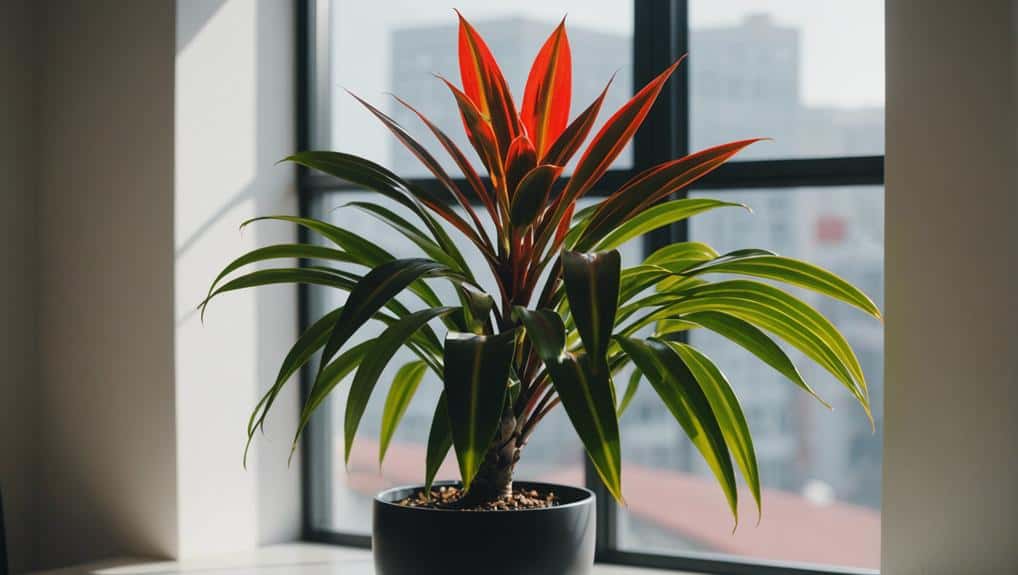
Red-edged Dracaena is a plant known for its effective air-purifying qualities, combating indoor pollutants like trichloroethylene and xylene. This plant excels in filtering out harmful toxins, making it a popular choice for indoor air purification. Its red-edged leaves not only add aesthetic appeal but also contribute to a healthier living space by reducing indoor air pollutants.
| Air-Purifying Properties | Aesthetic Appeal | Health Benefits |
|---|---|---|
| Filters trichloroethylene | Red-edged leaves | Reduces indoor toxins |
| Combats indoor pollutants | Adds beauty to space | Promotes cleaner air |
| Removes harmful toxins | Enhances indoor decor | Contributes to health |
Red-edged Dracaena’s ability to enhance indoor air quality while providing visual charm offers a sense of control over the environment. By incorporating this plant into your living space, you can effectively improve air quality and create a more pleasant atmosphere.
Boston Fern
The Boston Fern, renowned for its air-purifying abilities, is a popular choice for indoor spaces seeking to eliminate pollutants like formaldehyde and xylene. Its air-purifying qualities make it a desirable option for those who value clean indoor air.
Thriving in humid environments, this plant is particularly well-suited for bathrooms or areas with higher moisture levels. To maintain its health and vibrancy, regular misting is recommended, providing an ideal environment for optimal growth.
The lush green foliage of the Boston Fern not only enhances air quality but also adds a touch of nature and freshness to indoor spaces. By incorporating this plant into your indoor environment, you can take control of the air you breathe, creating a healthier and more welcoming atmosphere in your home.
Choose the Boston Fern for its ability to purify the air and bring a sense of tranquility to your indoor spaces.
Chinese Evergreen
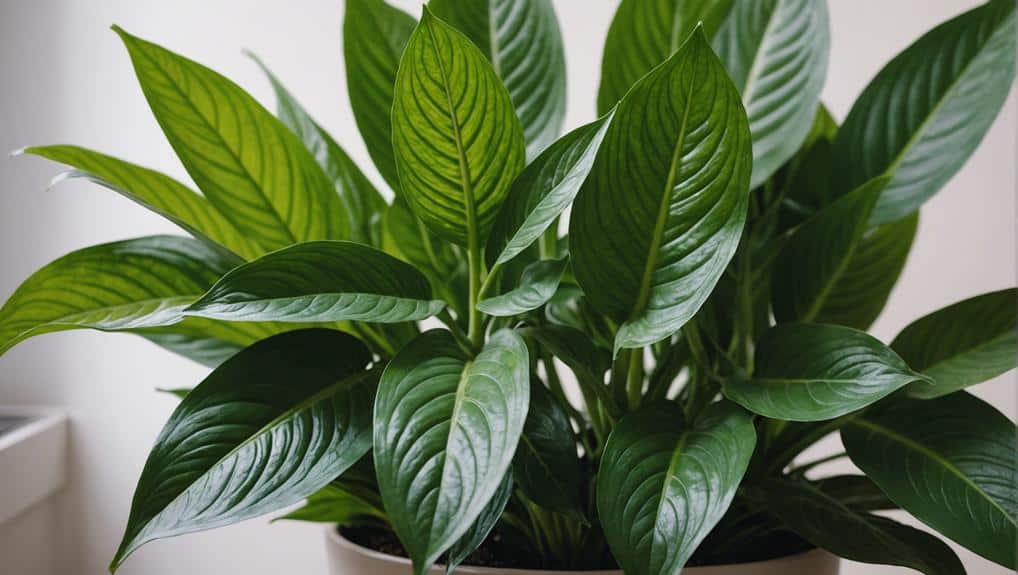
With its exceptional ability to cleanse indoor air, the Chinese Evergreen plant is a popular choice for homes and offices looking to improve air quality. This low-maintenance plant effectively removes formaldehyde and benzene, common indoor pollutants, contributing to a healthier indoor environment.
Chinese Evergreen thrives in low light conditions, making it an ideal addition to indoor spaces where other plants may struggle. Not only does this plant purify the air, but it also adds a touch of greenery to your surroundings, creating a more pleasant and visually appealing atmosphere.
Its air-purifying qualities make it a top choice for those seeking to enhance the quality of the air they breathe indoors without requiring extensive care. By incorporating Chinese Evergreen into your indoor plant collection, you can enjoy improved air quality and a more vibrant living or working environment.
Conclusion
Overall, these five indoor plants – Barberton Daisy, Chrysanthemum, Red-edged Dracaena, Boston Fern, and Chinese Evergreen – are excellent choices for purifying indoor air.
Not only do they add beauty to any space, but they also work tirelessly to remove harmful toxins, creating a healthier living environment for all.
Consider adding these air-purifying plants to your home to enjoy their benefits and improve the air quality inside.
